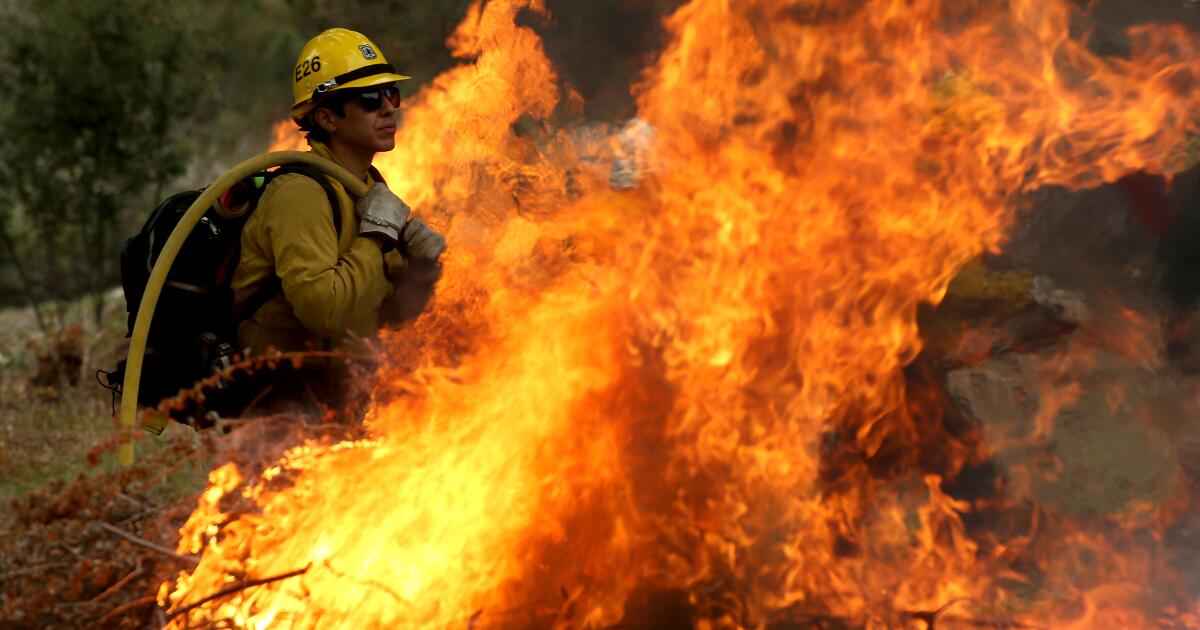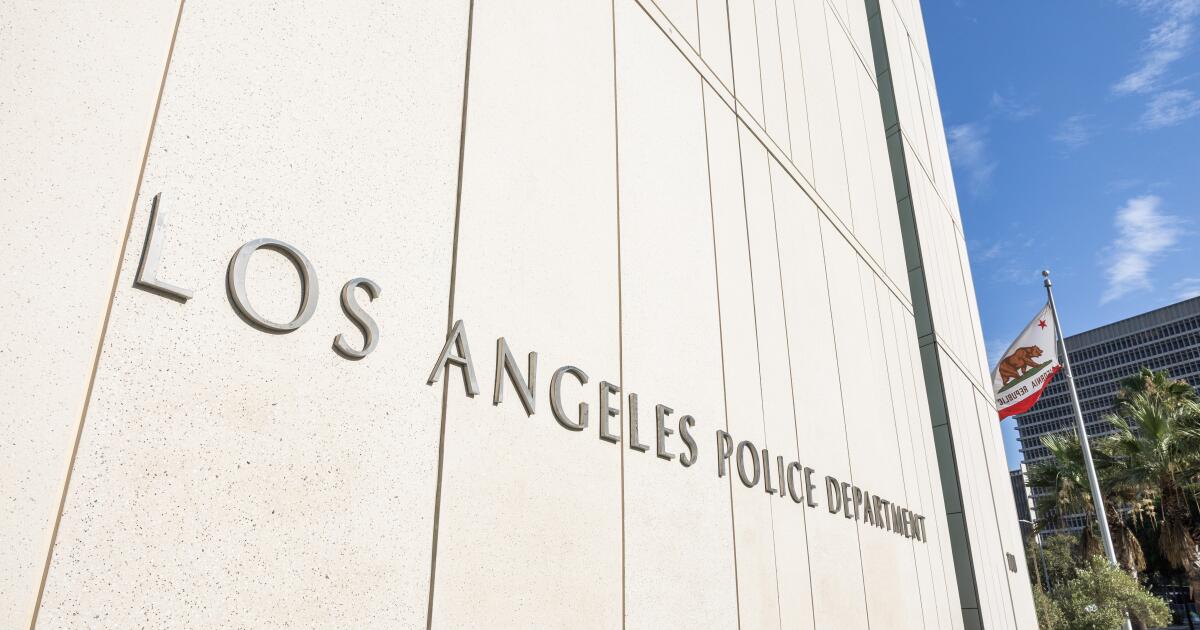Federal healthcare cuts will hit millions of Californians, state says
SACRAMENTO — Top California health officials warned that federal cuts will deliver a devastating blow to public health, even as the state grapples with ways to mitigate the damage.
“These changes will impact our emergency departments, rural hospitals, private and public hospitals, community health centers, ambulance providers and the broader health care system that serves every community,” said Michelle Baass, director of the California Department of Health Care Services.
Baass was among several experts who spoke Monday at a briefing about the effects of HR 1, a massive tax and spending bill passed by the Republican-led Congress and signed by President Trump that shifts federal funding away from safety-net programs for the vulnerable and toward tax cuts and immigration enforcement. She said the legislation makes sweeping changes to Medi-Cal, as Medicaid is known in California.
It “will cause widespread harm by making massive reductions in federal funding and potentially cripple the health care safety net,” Baass said. “These changes put tens of billions of dollars of federal funding at risk for California and could result in a loss of coverage for millions of Californians.”
Roughly 15 million Californians — a third of the state — are on Medi-Cal, with some of the highest percentages being in rural counties. More than half of the children in California receive healthcare coverage through Medi-Cal, healthcare coverage provided to eligible, low-income residents, according to the state Department of Health Care Services.
California officials expect the state to lose billions of dollars in federal funding for Medi-Cal and other essential healthcare programs. Given that California is facing an ongoing budget deficit, it is highly unlikely that the state will be able to raise enough money to make up for the loss in funding to continue the current level of services to residents, according to a report by the state Legislative Analyst’s Office.
Baass explained the federal legislation creates new eligibility requirements for Medicaid. Starting in 2027, many individuals ages 19 to 64 will need to work for at least 80 hours a month, or perform 80 hours of community service or be enrolled in an educational program, to qualify. The law allows various exemptions, including pregnancy, disabilities, or caring for children under the age of 19.
She estimated 3 million Medi-Cal recipients could lose coverage as a result.
“This would significantly drive up the uninsured rate that raises cost for hospitals treating uninsured patients,” Baass said.
Baass said HR 1, which Republicans labeled the “Big, Beautiful Bill,” also bans abortion providers from receiving federal Medicaid funding — even for healthcare services they offer that are not related to the procedure — and reduces federal dollars for emergency medical care for undocumented immigrants. It additionally limits state funding mechanisms, such as taxes paid by managed care providers, and establishes federal penalties for improper payments.
CalFresh, the state name for the Supplemental Nutrition Assistance Program, is expecting cuts of at least $1.7 billion annually, said Jennifer Troia, director of the California Department of Social Services. About 395,000 people could lose their benefits for government food assistance.
SNAP benefits are also being hit by the current government shutdown, with payments halting in November.
At the heart of the shutdown is a political standoff in Washington over the expiring tax credits for people who get health insurance through the Affordable Care Act, also known as Obamacare. Democrats said they will not vote to reopen the government until Republicans agree to renew the expanded subsidies. Republican leaders refused to negotiate until Democrats vote to reopen the government.
Covered California, the state’s Affordable Care Act health insurance marketplace, estimated over the summer that as many as 660,000 of the roughly 2 million people in the program will either be stripped of coverage or drop out because of increased cost and the onerous new mandates to stay enrolled.
Impacts from the new federal cuts and policies are already being felt across the state and nation.
A Planned Parenthood program in Orange and San Bernardino counties announced its imminent closure earlier this month due to being federally defunded. Los Angeles County’s health system has implemented a hiring freeze and is bracing to lose $750 million per year for the county Department of Health Services, which oversees four public hospitals and roughly two dozen clinics. Meanwhile, food banks nationwide are seeking donations and preparing for longer lines.
Kim Johnson, secretary of the state Health and Human Services Agency, discussed how California is fighting back.
Gov. Gavin Newsom recently announced he is deploying the National Guard and fast-tracking $80 million to support food banks, she said. This came alongside the governor’s decision to allocate $140 million in state funding to Planned Parenthood.
Johnson said Atty. Gen. Rob Bonta has filed more than two dozen lawsuits related to HR 1.
“Here in California,” she said, “we will continue to mitigate the harm of these federal changes wherever we can.”




